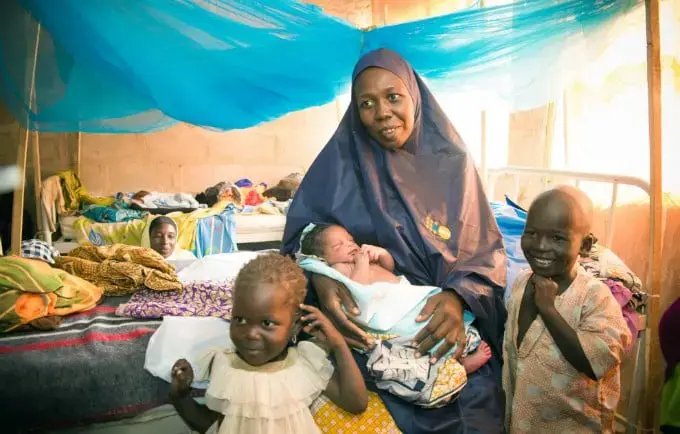This study aims to summarize strategies for adolescent and youth engagement in various epidemic/pandemic responses and recoveries and identify lessons learned and best practices. A total of 21 countries (19 in West and Central Africa, 1 in Eastern and Southern Africa, 1 in Latin America) are highlighted.
Our findings recommend several engagement strategies in epidemic/pandemic response planning, implementation and recovery including:
Risk communication and community engagement;
Logistic support & distributions;
Trust building & community cohesion;
Case management & essential health services;
Contact tracing;
Social impact innovation,
Program and policy design;
Monitoring, evaluation, accountability;
Funding;
Task forces and governance bodies.
Building on lessons learned and best practices, we recommend a three-step approach to meaningfully engage adolescents and youth during health emergencies.
• At all times, before health emergencies begin, stakeholders are encouraged to strengthen meaningful engagement, promote leadership roles and responsibilities and build young people’s skills and capacity in relation to infection prevention, risk communication and safeguarding measures. By establishing and maintaining reliable communications and media structures before any emergency (at national, district and local levels), stakeholders are more likely to accelerate outreach efforts during health emergencies. The protection of young people and safeguarding measures are of the utmost importance and must be consistently developed and reviewed.
• Duringpublichealthemergencies,arapidassessmentofyoungpeople’sknowledge, skills and capacity to do the right thing is critical as well as clear engagement
mechanisms. Strengthening opportunities for leadership roles during and after emergencies, encouraging young people to volunteer and promoting active engagement are important retention factors. While engaging with young people during health emergencies, it is critical to ensure programs address their health and non-health related needs. Programs should also give youngsters access to sexual and reproductive health services, counter gender-based violence, help with mental health issues, and prevent harmful practices.
• During the third phase, the recovery phase, communication and connection with young people must be maintained through monitoring, evaluating, learning and reporting processes. There should also be ongoing education about public health emergencies wrapped up with other topics including Sexual and reproductive health and rights, gender-based violence, economic empowerment, etc. A final, critical step includes measuring and evaluating adolescent and youth engagement, finding out what lessons have been learned and working out the best practices in anticipation of other, future emergencies.




